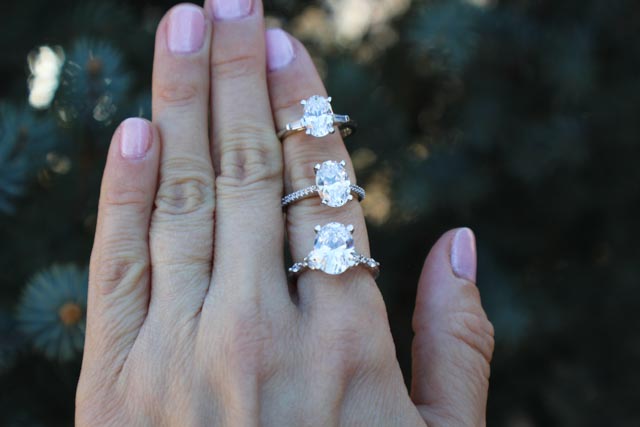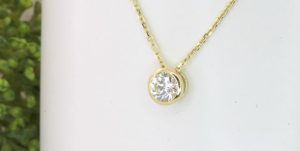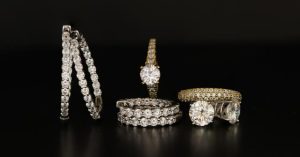2018–The beginning
2018 quietly initiated what has become a quiet civil war, raging around the globe, largely untalked about. Since 1888, De Beers has been the global name in diamonds achieving upwards of 90% of the controlling interest in the diamond market at their peak in the 1980’s. Diamond access was controlled by the “gate keepers” and anyone who wanted to play had to agree to its rules. This was understandable, diamonds only came from a few sources and were expensive to extract. The retail industry has largely benefited from the groundwork laid by De Beers who established diamonds as the pinnacle of luxury, especially through their global campaign “A diamond is forever.” It seemed to the industry that this was going to be the way of the diamond retail existence, just as it always had been. That is, until, in 2018 when De Beers gave the global go ahead to begin producing a lab grown diamond variety.
Lightbox
Lightbox has proven revolutionary for the diamond industry, much to the chagrin of its creator. Contrary to popular belief, lab grown diamonds are not a new feat of engineering. The first laboratory grown diamond first appeared by way of General Electric’s “Project Superpressure” in the 1950’s. It was in part the fear that diamond cutters and distributors would lose access to natural mined diamonds if they pursued the laboratory version, and the uncertainty of what demand would look like at the retail level that kept lab grown diamonds out of retail stores. This all changed with Lightbox, a subsidiary of De Beers and the brand that they would use to introduce their brand of lab grown diamonds, which unwittingly gave the diamond industry as a whole the green light to accept lab grown diamonds.
2020–Covid changes the world
Unfortunately for De Beers, 2020 occurs and the world shuts down. Traditional market forces are foregone and nations seek to keep their economies from collapsing. As a result, countries begin stimulating their economies with incentives to build new industries and expand operations. Specifically, India and China invest this stimulus money into building businesses that create lab grown diamonds. The technology has been around, it just needed a capital boost to see it grow, and grow it has. Lightbox has been closed by De Beers as the price of lab grown diamonds has plummeted due to fierce competition in the space. Appearing no different than its natural counterpart, lab grown diamonds have made a deep impact in the diamond market and are even threatening the existence of De Beers.
Stay Tuned
Currently, the stake owner of De Beers (Anglo American) is looking to sell De Beers due to poor financial performance and turbulence with nations who are unsatisfied with natural diamond sales. It remains unclear where the dust will settle. I believe lab grown diamonds are here to stay. How the natural diamond market pivots to maintain its identity as a luxury purchase while also competing with a much less expensive counterpart remains to be seen. I’m pulling for both parties as both varieties of diamonds offer something unique and wonderful for our clients. For more information, stop by and we can compare both natural and lab grown diamonds and answer any additional questions you may have. Thanks for reading:)



